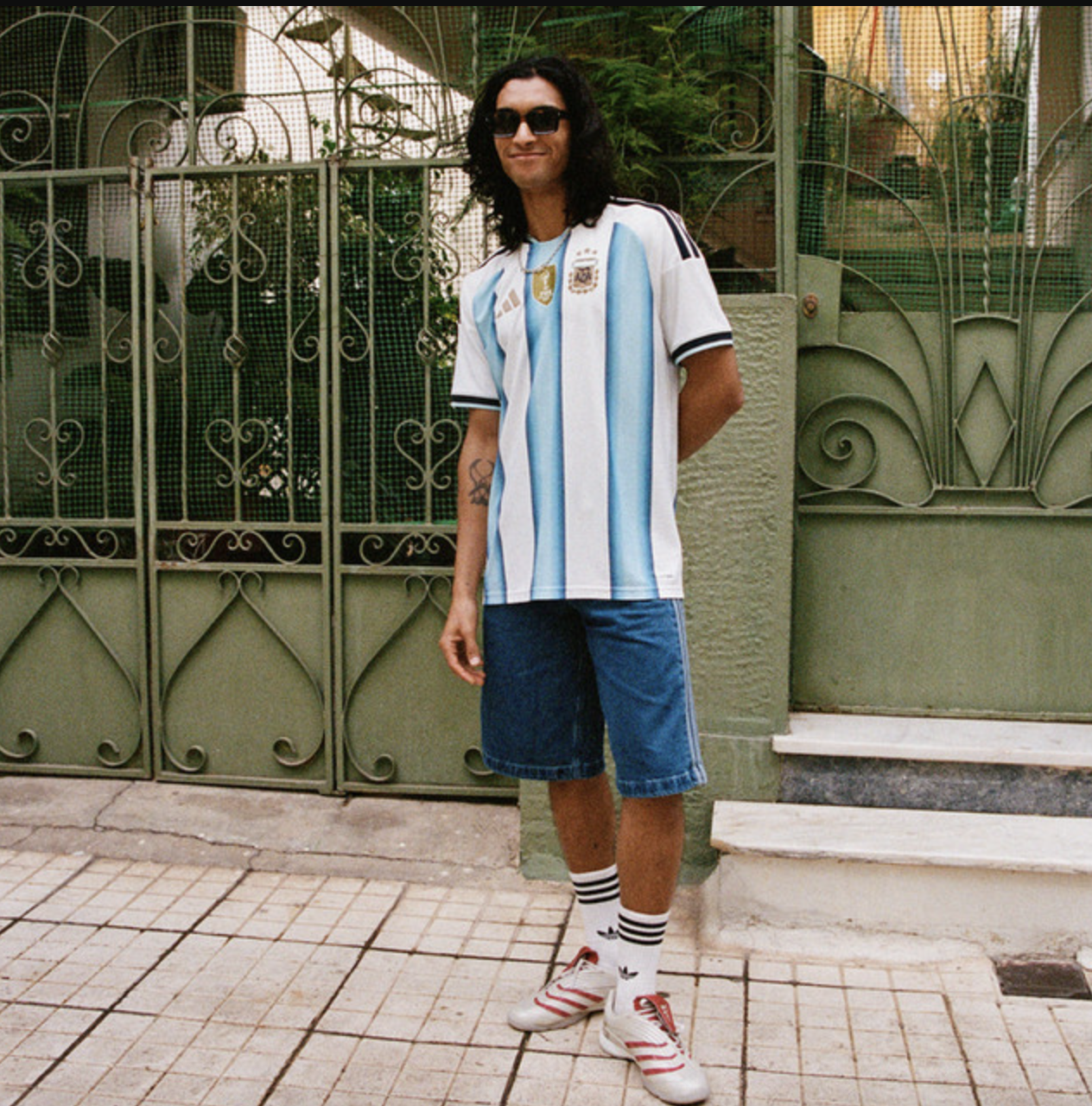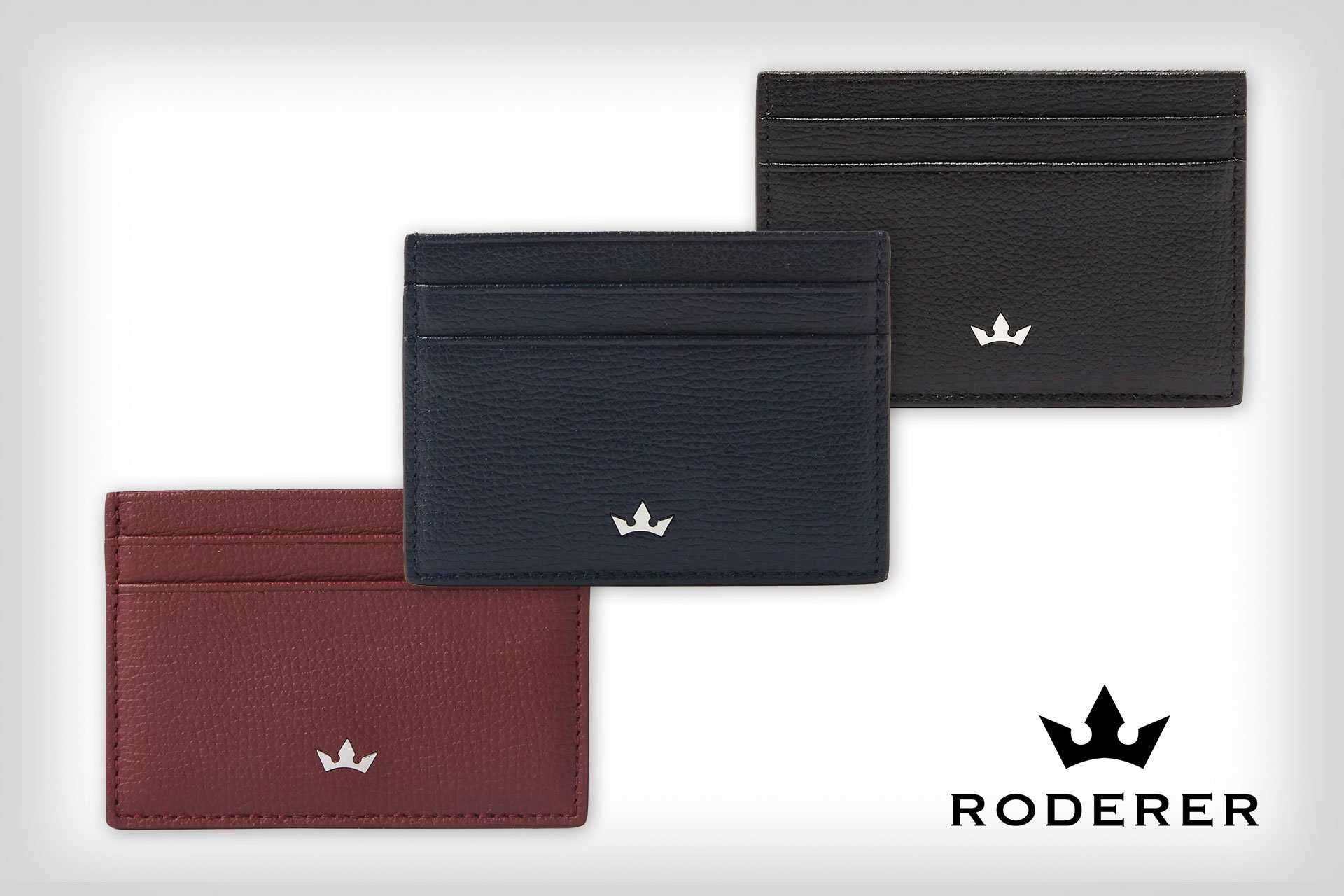The Evolution of Sex Part 2: The Biology of Maleness
Dec 12, 2025Ear Piercing Guide for Men: Explore the Best Styles
- Mar 31, 2024
- 0 Comments
4742

In self-expression, ear piercings have become a powerful tool for crafting a distinctive look. From subtle studs to bold statements, the array of options available has transformed the landscape of body art, allowing men to showcase their unique style and personality.
Types of Men’s Ear Piercings
Each piercing carries its allure, healing process, and potential for creative expression. By understanding the intricacies of different ear piercings, you can make informed decisions and curate a look that truly reflects your individuality.
Anti-Tragus Piercing
The anti-tragus piercing is a unique form of body art located on the small cartilage adjacent to the earlobe and opposite the tragus. It provides a prime space for showcasing or integrating a single standout piece into a larger array of ear jewelry.
It’s essential for this piercing to be performed by a piercing professional, as the anti-tragus area can be thick and requires careful handling to minimize pain and facilitate proper placement. Healing time is relatively extended, often up to a year, and requires patient aftercare.
Auricle Piercing
The auricle piercing is nestled along the ear’s outer rim, halfway between your earlobe and the top of the cartilage. The auricle piercing can enhance the ear’s curvature with a small hoop or stud.
The healing time typically ranges from 6 to 9 months, and it’s critical to adhere to aftercare best practices, such as regular cleaning with a saline solution and avoiding unnecessary pressure or trauma to the area.
Conch Piercing
The conch piercing resides in the concave part of the ear, known as the concha, the large expanse of cartilage that forms the back of the ear. A standout for its spacious canvas, it allows for various jewelry styles, from studs to hoops and barbells.
This piercing’s placement makes it a statement piece, often becoming the focal point. As for healing, the conch piercing demands patience, typically taking 6 to 12 months to recover fully.
Daith Piercing
The daith piercing is a distinct and increasingly popular type of cartilage piercing situated in the innermost fold of the ear, right above the ear canal. This location makes it a more discreet option, yet it stands out when noticed due to its deep placement.
The daith requires precision during piercing, and it is strongly recommended to have it done by a piercing professional who can navigate the complex anatomy of the ear to avoid nerve damage and ensure the best outcome. Healing time for a daith piercing can take a considerable amount of time, from 6 months to a year.
Flat Piercing
Tucked away on the flat surface of the upper ear cartilage, the flat piercing presents an opportunity for those seeking a subtle yet distinctive addition to their piercing repertoire. This type of piercing is perfect for those who appreciate a more minimalist approach to their ear décor or wish to add to a more complex constellation of cartilage piercings.
Due to the flat piercing’s location, care must be taken during the healing process, which typically lasts 6 to 10 months, to keep the area clean and free from bacteria, following a professional piercer’s aftercare guidelines.
Forward Helix Piercing
Perched at the front rim of the ear’s cartilage, just above the tragus, the forward helix piercing is a modern addition to any ear curation. This piercing is often sought for its ability to blend with other ear piercings or stand alone as a minimalist statement.
The forward helix piercing offers a prime spot for single studs, small hoops, or a series of piercings known as the ‘triple forward helix.’ Precision is vital in this piercing, and it requires the expertise of a professional who can ensure the right angle and depth for a smooth healing process. The healing can take between 4 to 6 months.
Helix Piercing
Nestled in the upper cartilage of the ear, the helix piercing stands out for its distinctive location, offering a canvas for both subtle studs and decorative hoops. When getting a helix piercing, it’s crucial to go to a professional who can ensure proper placement and angle, reducing the risk of cartilage damage and promoting optimal healing.
The healing process for a helix piercing can take anywhere from 3 to 6 months, and during this time, it’s essential to follow a strict aftercare routine. This includes regular cleaning with a saline solution to maintain hygiene and not applying pressure or allowing the area to be bumped or jostled, which can cause irritation or even lead to an infection.
Industrial Piercing
The industrial piercing is a dramatic and eye-catching ear modification that typically spans from the upper cartilage to the lower part of the ear’s outer rim. This piercing consists of two holes connected by a straight barbell.
The exact location of the holes can vary, tailored to the individual’s ear shape and size, making every industrial piercing somewhat unique. Given its complexity, industrial piercing requires a professional with experience aligning the two punctures to ensure the barbell passes through comfortably without causing tension on the cartilage.
The healing process takes 4 to 6 months and requires diligent aftercare to prevent infection.
Orbital Piercing
The orbital piercing connects two separate piercings with one piece of jewelry to create the illusion of an orbit along the cartilage or lobe of the ear. This dual-puncture style offers a unique twist, allowing the wearer to double the impact of a single accessory.
The placement can be customized, commonly seen on the helix or lobe, offering versatility within its design. The aftercare process is paramount for the orbital piercing, usually taking 6 to 12 months to heal fully.
Rook Piercing
The rook piercing is located in the antihelix, the inner ridge of the ear’s cartilage, just above the tragus. This inner ear piercing can be a subtle yet impactful statement, integrating well with other ear piercings to create a cohesive aesthetic.
Due to its location, the rook piercing requires precise execution by a seasoned professional. Healing can be lengthy, taking anywhere from 3 to 12 months.
Snug Piercing
The snug piercing is located along the inner cartilage ridge halfway down the ear. It’s a distinctive choice for ventures beyond the standard lobe and helix piercings.
Due to its placement, this piercing can create a snug fit for a small hoop or barbell, offering an unexpected twist amid other ear jewelry. Healing times are often 4 to 6 months.
Standard Lobe Piercing
The standard lobe piercing is a versatile and widely accepted form of body piercing for both men and women, appealing to a broad range of tastes and cultures. Located in the fleshy bottom part of the ear, this piercing offers the most comfort due to the softness of the area and the relative ease of healing.
Those considering this style should opt for a professional piercing service that uses a hypodermic needle rather than a piercing gun for better precision and hygiene. The healing process usually takes about 1-2 months, and during this time, regular cleaning with a sterilized saline solution is essential to prevent infection and promote health.
Tragus Piercing
Located on the small pointed section of cartilage that projects immediately in front of the ear canal, the tragus piercing is a subtle yet bold statement that has gained popularity in both the male and female piercing scene.
When considering a tragus piercing, it’s essential to consider the thickness of the tragus itself, as it can vary significantly from person to person, which may affect the pain level experienced during the procedure.
Healing times can vary, typically from 6 to 12 months, and during this period, it is crucial to follow a stringent aftercare protocol to avoid infection and promote health. This includes regular cleaning with a saline solution, avoiding unnecessary contact with the piercing, and not applying pressure, such as from headphones or a phone, as this can cause irritation or even disrupt the healing process.
Transverse Lobe Piercing
The transverse lobe piercing offers a modern spin on the conventional earlobe piercing by positioning the jewelry horizontally through the lobe rather than the standard vertical approach. This unique placement allows a barbell to pass parallel to the face, showcasing a distinctive style ranging from subtle to bold, depending on the jewelry chosen.
Due to the transverse lobe piercing’s nature, a professional piercer skilled in this technique is required e to ensure the jewelry aligns correctly without affecting the earlobe’s natural hang. The healing process generally takes 6 to 8 weeks but can vary based on individual health and aftercare practices.
Upper Lobe Piercing
Positioned just above the standard lobe area, the upper lobe piercing allows for a creative expansion of earring real estate, accommodating a range of jewelry from minimalist studs to small hoops. This location is ideal for those looking to add multiple piercings, as it can create a cascade effect when combined with lower lobe jewelry.
The upper lobe area offers quick healing, typically 8 to 12 weeks, given the fleshier tissue than other cartilage piercings.
Ear Piercings for Men
Embarking on an ear-piercing adventure is a personal and transformative experience. Embrace the process, take the time to heal correctly, and let your creativity shine through your chosen jewelry.
Whether you opt for a classic lobe piercing or dare to explore the more intricate cartilage piercings, your ear art becomes a canvas for showcasing your individuality and artistic expression.
Publisher: Source link







